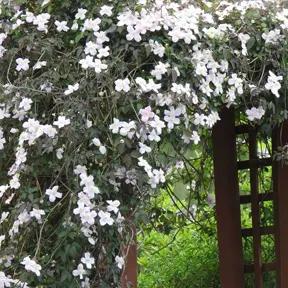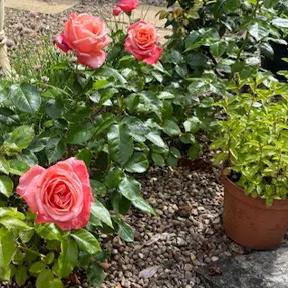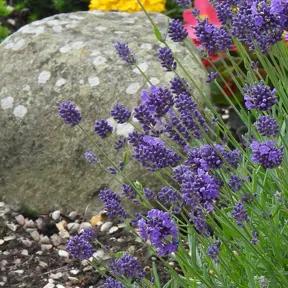Zeva Raspberry, Bareroot Canes
- Season: Autumn (Aug-Oct).
- Type: Primocane, crops on new stems
- Height: 1.5m
- Self fertile
- Precocious and heavy crops
- Fruit: Dark red, excellent flavour
- Great for freezing & jam
- Spacing: 50cm apart, 1.5m between rows
Recommended extras
Description
Zeva Raspberry Bushes
These hardy plants are reliable croppers across the UK, with large crops of rich red-purple, delicious fruit that are perfect for freezing and jam making.
Certified and grown from virus-tested parent material in the UK.
Please note: In line with general practice, our raspberries are delivered with last year's growth cut back to 45-60cm.
Summer fruiting raspberries (floricanes) may bear a few berries in the summer following planting, but their first full fruiting season will be in the year after, on their first year's growth.
Autumn fruiting raspberries (primocanes) should crop quite well in their first year, and you can help them by thinning off small and malformed fruit.
Browse our raspberry plants.
Features:
- Season: Autumn (late Aug-Oct).
- Type: Primocane, crops on new stems
- Height: 1.5m
- Self fertile
- Fruit: Big, deep red, delicious.
- Perfect for freezing and jam making.
- Spacing: 50cm apart, 1.5m between rows
- Certified
Growing Zeva Raspberries:
Raspberries are easy to grow in a humus rich, moist soil that drains well, lots of sun and some shelter from strong wind. They are convenient to grow in rows with light support wires or ropes on either side to hold the canes up nicely, otherwise they will tangle outwards, set new root where they lie on the soil, usually receive less light, and your fruit will be closer to the soil life.
Their roots are shallow, fragile and spreading, so prepare the soil wide rather than deep for them, and consider 6 to 12 inch tall raised beds if your soil is poor or hard clay. Either way, try to add plenty of organic matter, rotted manure is great. Also, don't trample the soil next to your plants, especially in the growing season, and don't let the soil dry out when the fruit are forming; keeping an eye on the weather, delay spring mulching as long as there is wet weather and until the soil has well warmed up, then apply some more mulch in a dry mid-summer spell after a good watering to preserve moisture.
If the crowns of your raspberries rot, it's likely because the site is too damp.
Spacing: 40-50cm apart along the rows, with 1.5m between rows
Planting Instructions
Remember to plant raspberries with their roots close under the surface and the crown exposed: deep planting kills them. Keep them well watered and mulch well every spring when the soil is warm
Feed with a high potash fertiliser.Did You Know?
One of the first commercial primocane varieties, bred in 1952 in Switzerland, and popular ever since. Sometimes spelt Zefa, its official name is Zeva Herbsternte, which means autumn harvest in German (or primocane, in this context). It is one parent of the excellent Polish cultivar, Polana.
It's Summer Planting Season 2025
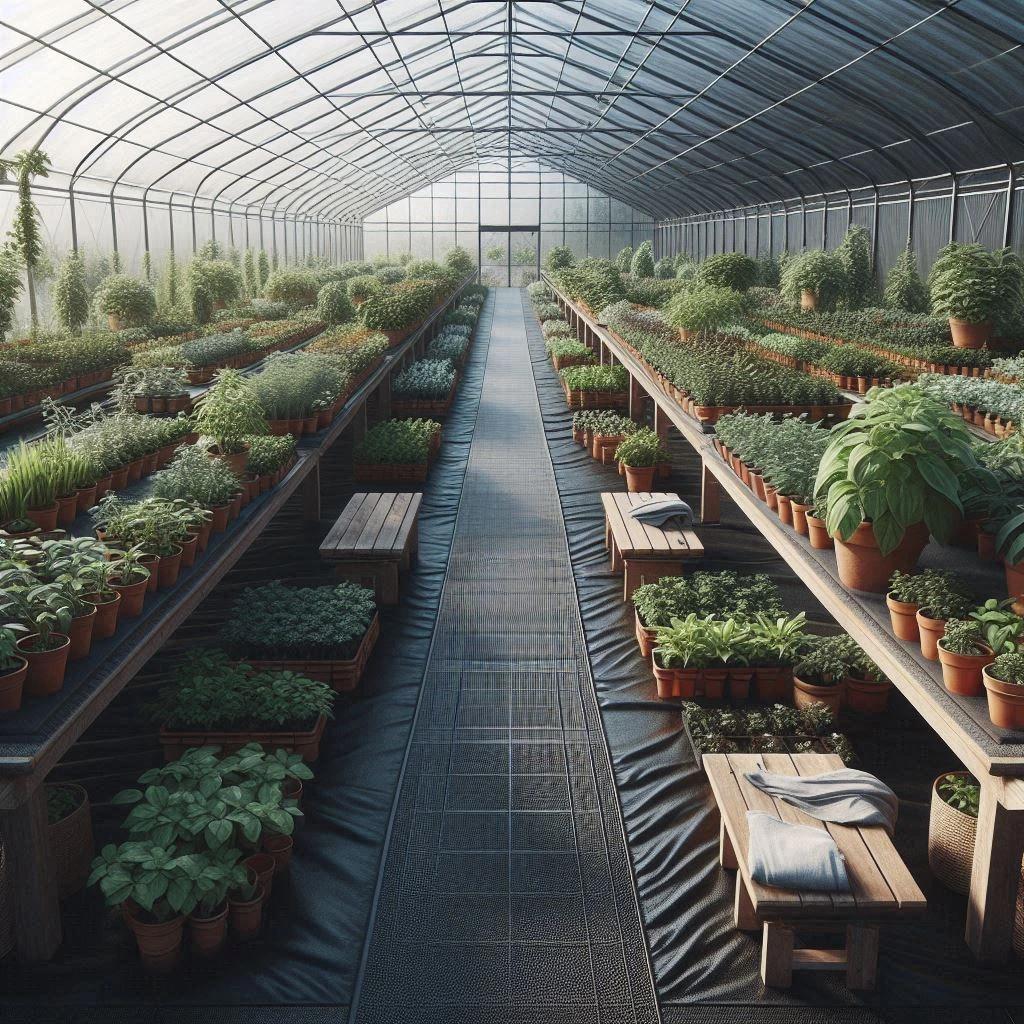
Pot Grown & Plug Plants Delivered

Direct from the Nursery Value

No more broken plants in the post!
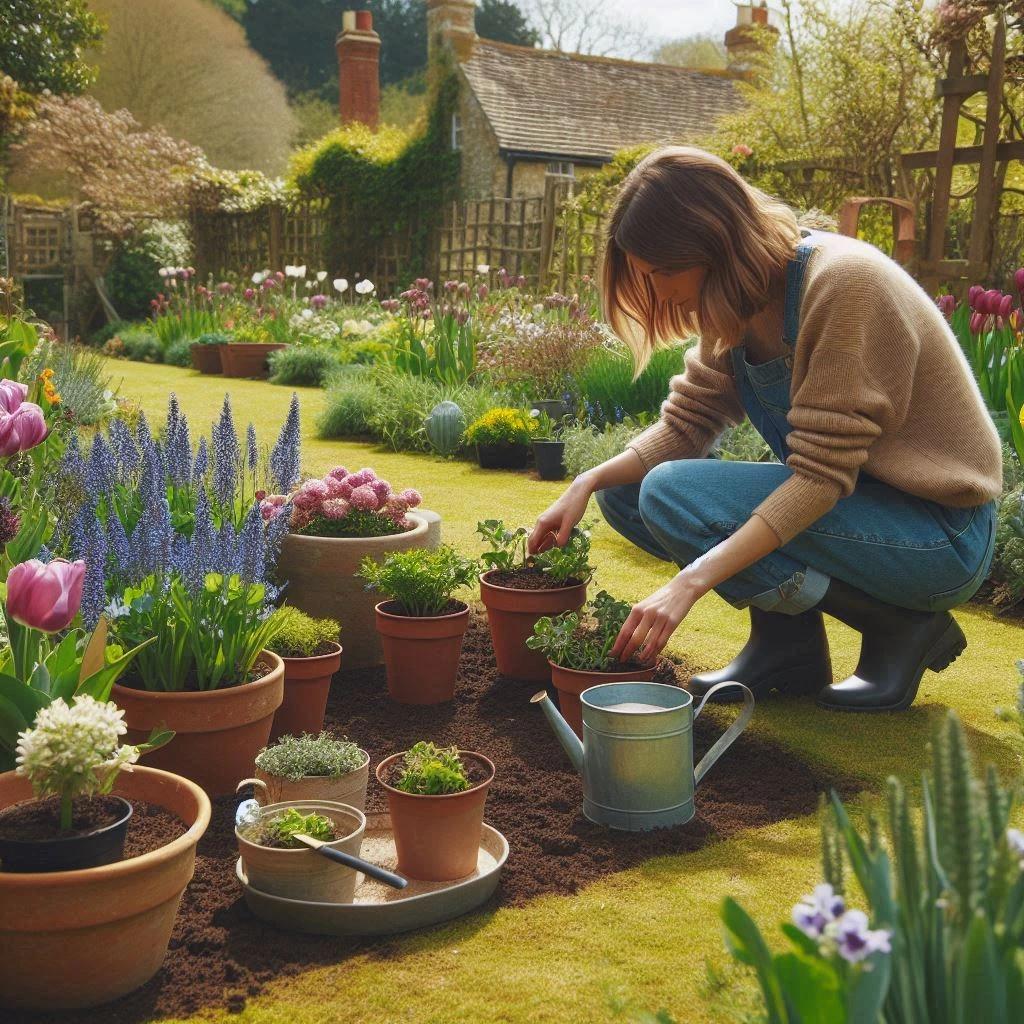

.webp)
.webp)


